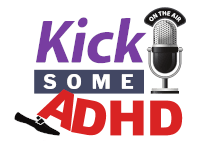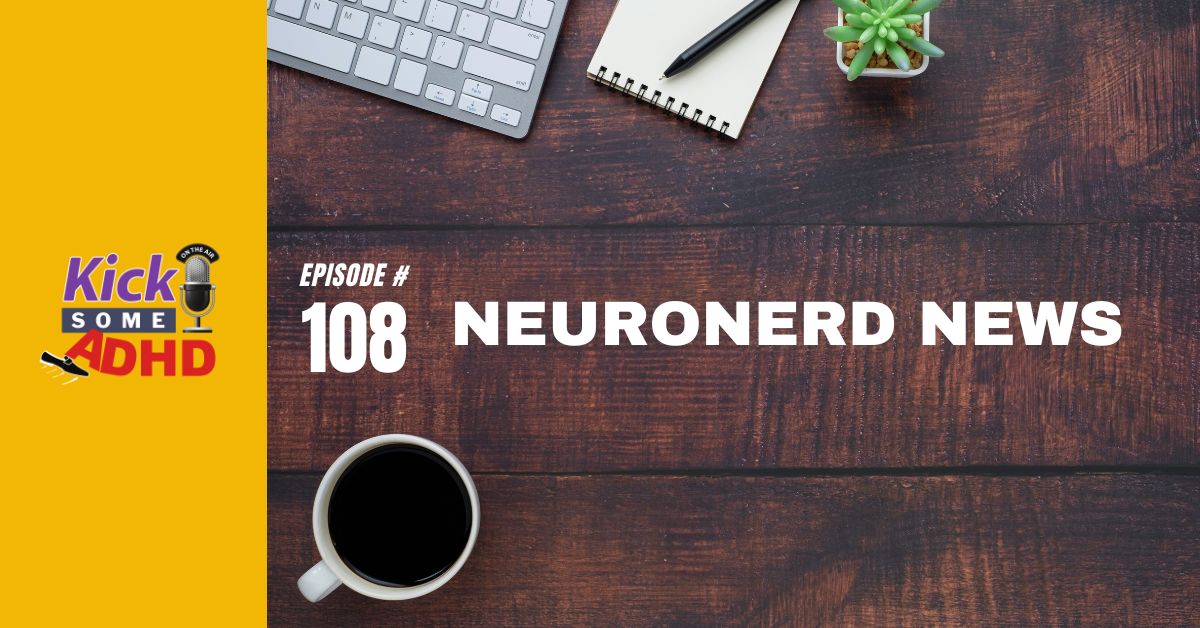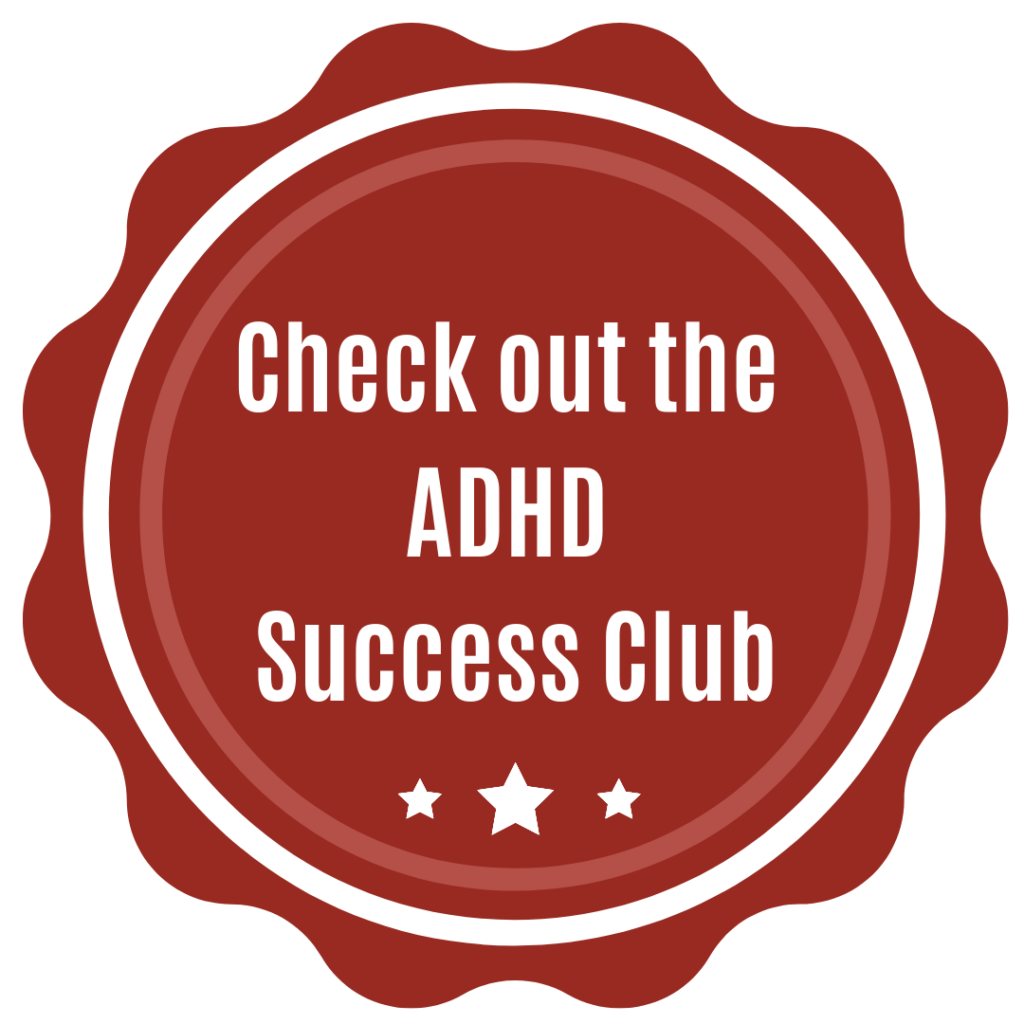Podcast: Play in new window | Download (Duration: 25:57 — 24.1MB)
Subscribe: Apple Podcasts | Spotify | RSS | More
It’s time again for us to nerd out (a little) over neuroscience! It’s been a while since we did a neuronerd episode, so we’re doing a brief roundup of some fun developments in neuroscience and related disciplines that help us understand our ADHD better… and consequently how to work with it more effectively.
Recent research (published in April, 2022) from University of Pittsburgh neuroscientists gives us unusual insights into exactly how Ritalin sharpens attention in the brains of animals. The study focused (no pun intended!) on groups of brain cells in the visual cortex, and how the drug actually interacts with them. This new knowledge helps us understand more about the mechanisms in the brain that can help improve
A new study (published in May, 2022) led by researchers at NYU’s Grossman School of Medicine explored the connection between brain-derived neurotrophic factor (AKA “BDNF” or the brain’s “miracle grow” chemical), dopamine, and exercise. The research showed that voluntary exercise produced more BDNF and released more dopamine in key brain areas in mice, which gives us new clues about why exercise is so beneficial for ADHD brains.
A 2020 study from the University College of London’s Institute of Cognitive Neuroscience explored the hard upper limits on the supply of energy to the brain and why we run out of brain energy when we use it for things like paying attention. This fascinating research has all kinds of implications for those of us with ADHD, including how hyperfocus (“attentional blindness”) works, and why we can miss things that are important to us.
Do you enjoy occasional dives into the neuronerd corner? Let us know! Drop us a comment on this episode or hit us up on Twitter or Facebook!



